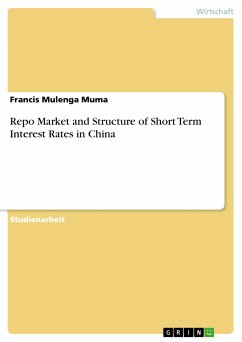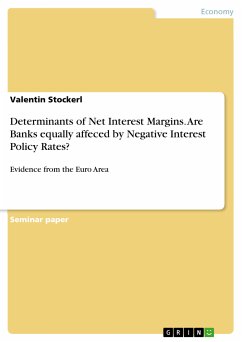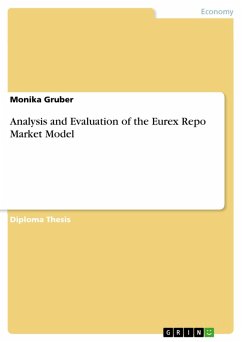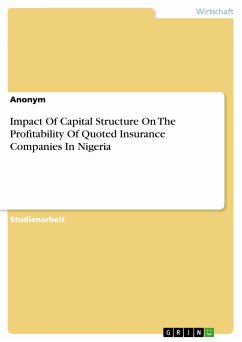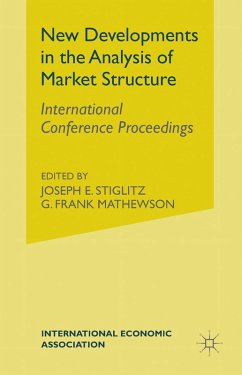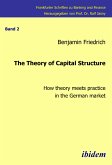Studienarbeit aus dem Jahr 2011 im Fachbereich BWL - Bank, Börse, Versicherung, Xiamen University, Sprache: Deutsch, Abstract: Money market refers to the market where financial institutions make transactions of short-term financial instruments for short-term financing and liquidity management. China's money market is mainly made up of interbank funding market and bond repurchase agreement market commonly referred to as repo market. Some scholars argue that China's financial liberalization remains incomplete as the behaviour of short-term market-determined interest rates is influenced by regulated rates. This paper argues that to have integrity of the market China should further liberalize its retail interest rates to allow all interest rates to better reflect liquidity conditions and the scarcity of capital. At present, the relevant research of the term structure of interest rates of China is mostly directed against a certain specific market or a certain specific method, lacking market integrality. For constructing a systemic, scientific term structure of interest rate of China, respective term structure of interest rate is deduced from the treasury bond market, bank deposit market, inter-bank borrowing market, bank repo market, and RMB interest rate swap market. And then according to different weights, a synthesized term structure of interest rate of China is constructed out. Finally, empirical research is carried on by use of this method. Empirical results show that the method is better than the traditional methods, and the synthesized term structure curve of interest rate by the method is between various kinds of term structure curves by the traditional methods, reflecting the situation and information of each market on the whole. Since the market-oriented economic reform in 1978, China has entered into a stage of financial deregulation and liberalization. With the growth of the national economy and change of national income structure, China's finance has increased rapidly, which brought great changes in the financial structure. In 1978, broad money (M2) balance was near RMB150 billion yuan. By the end of 2001, broad money balance was up to RMB16000 billion yuan, an increase of over 100 times in the past twenty years.
Dieser Download kann aus rechtlichen Gründen nur mit Rechnungsadresse in A, B, BG, CY, CZ, D, DK, EW, E, FIN, F, GR, HR, H, IRL, I, LT, L, LR, M, NL, PL, P, R, S, SLO, SK ausgeliefert werden.

